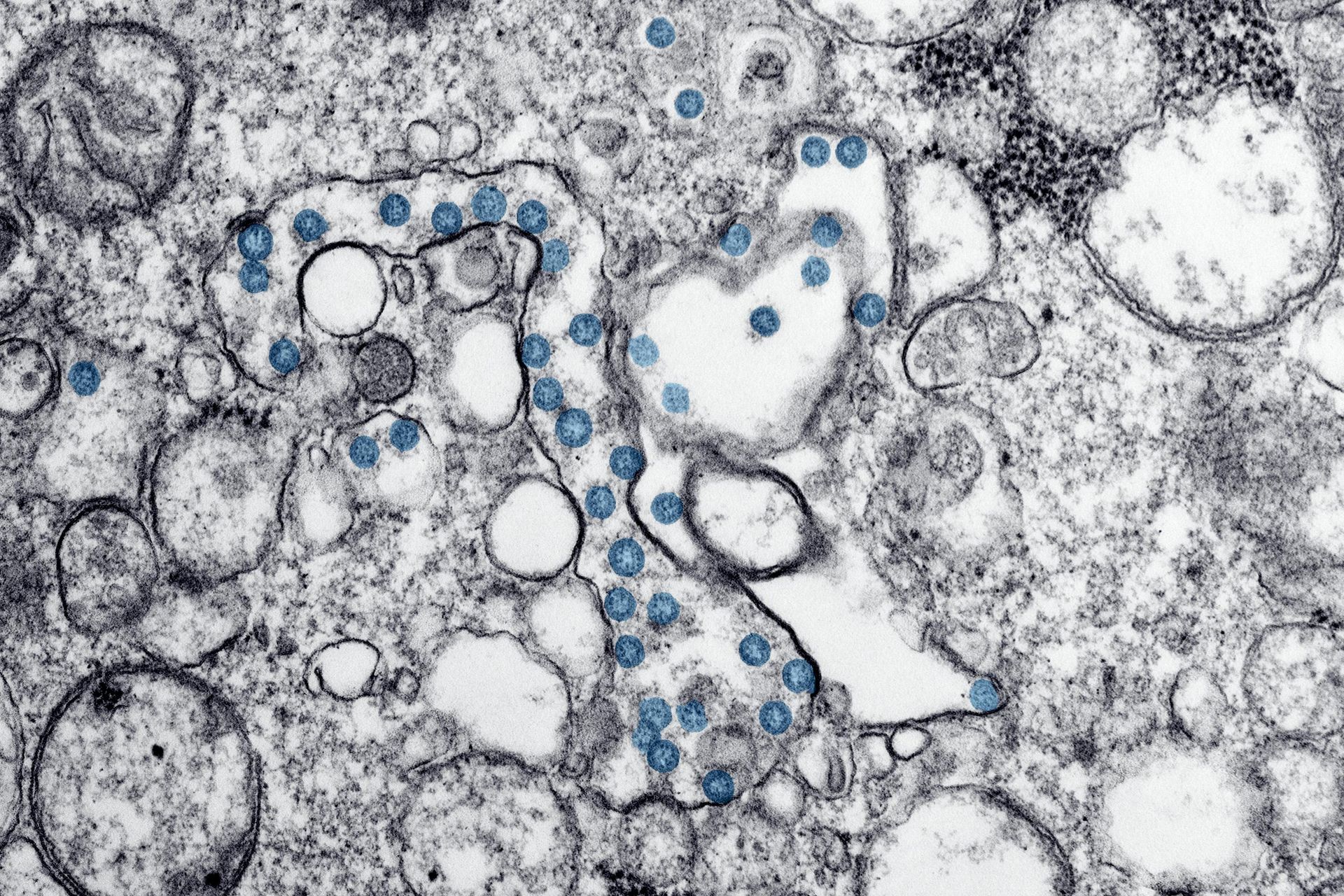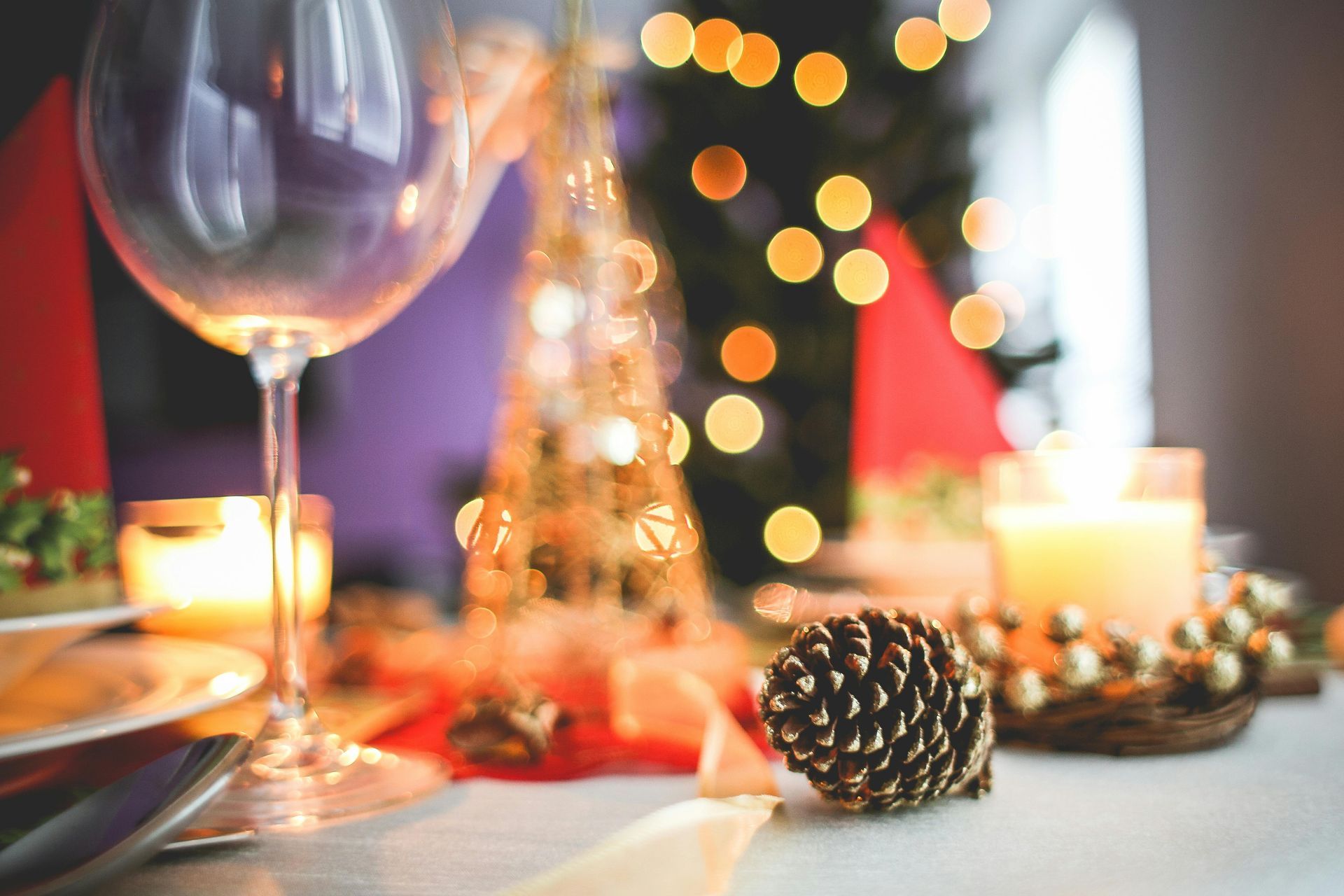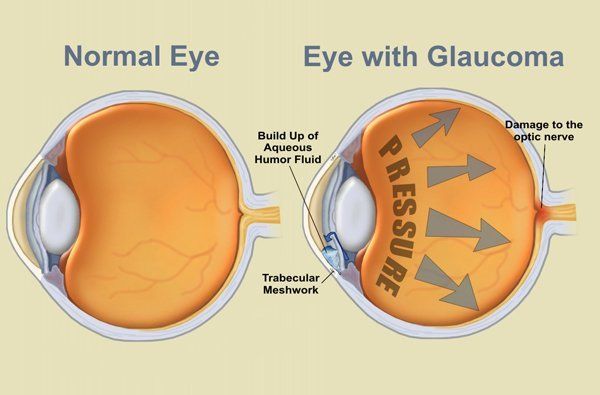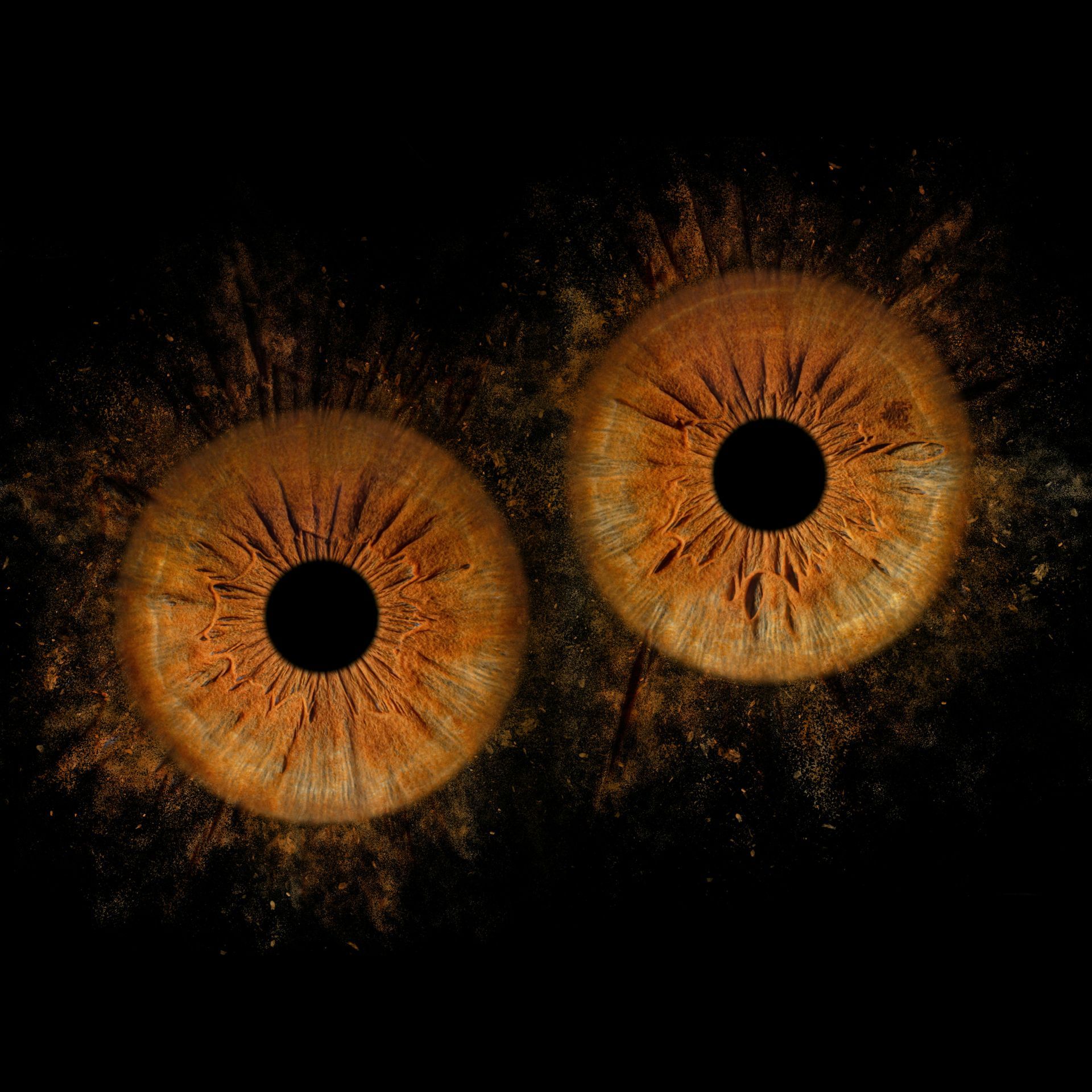Glaucoma Treatments
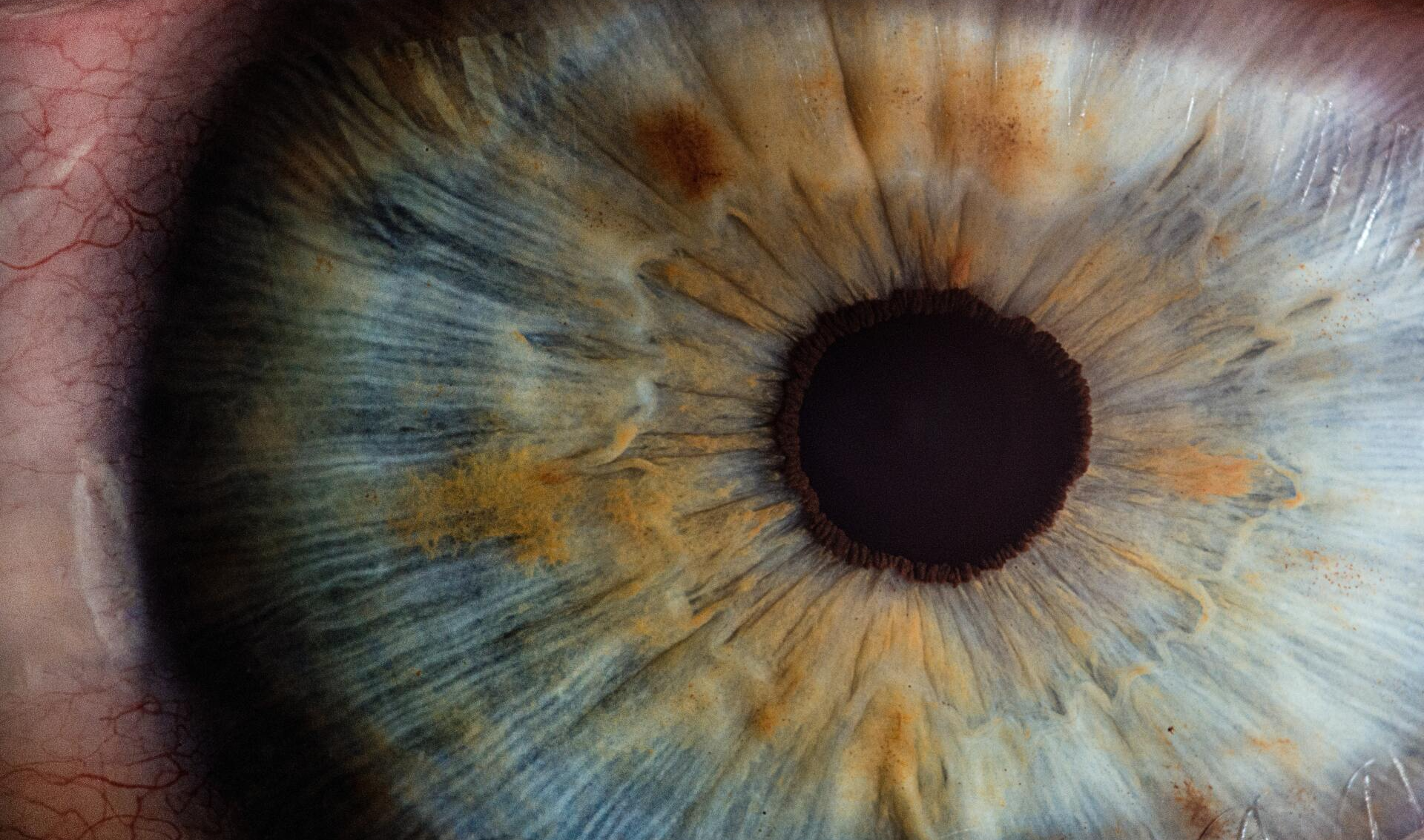
Blog vol 3. 24. Glaucoma treatments.
In the latest issue of Ophthalmology, a study: which has a better outcome in the treatment of primary open-angle glaucoma? laser treatment? or the traditional eye drops? This study was conducted in Great Britain, following the patients’ outcomes for three years.
In this study, researchers found that up to 75% of patients with open-angle glaucoma who received laser treatment (SLT) were kept below their target eye pressures over a three-year period. These same patients and those who initially took eye drops but then opted for laser treatment were followed a subsequent 3 years and it was found that 70% of them still had target eye pressures or lower.
Glaucoma occurs when the pressure gets high enough in the eye to reduce blood flow to the retina. Pressure usually rises when the fluid in the eye, the aqueous, is either overproduced or does not flow out of the eye fast enough. The usual treatment is to get the pressure down by using glaucoma drops. The trouble is that people do not always take their drops so treatment can be inconsistent.
The original LIGHT study recommended that selective laser trabeculoplasty (SLT) be the first line of treatment with open-angle glaucoma patients instead of eye drops.
The new information in Ophthalmology assures us that SLT is still working well after 6 years. An interesting finding of the study was that pressures were up in some of the laser (SLT) group with very little progression of glaucoma. The author is suggesting that use of eye drops has effects on outflow of the aqueous possibly because of scarring after prolonged use. If this is true, it is another reason to use the laser more often. (Read more here).
Laser treatment for glaucoma is not new. In the 1980’s clinicians treating glaucoma patients used an argon laser to open up the drainage channels, the trabeculum, in the eye. The idea was to create small holes that would allow the aqueous to flow out easier, thereby reducing pressure. Unfortunately, the laser released too much energy and caused collateral damage resulting in long-term pressure rises.
Lasers have come a long way.
SLT involves a YAG laser that uses up to 10,000 times less energy than the argon variety, allowing for much more control. It uses small pulses of energy that select out only pigmented cells that minimally absorb energy. The idea is to do about 25 tiny holes with the YAG laser per quadrant, with about 100 for a full 360 degrees. There can still be adverse effects, but they are rare and relatively inconsequential. The procedure can be repeated if required and still be helpful.
These recent findings should cause us to rethink our first-time glaucoma treatment plan. At the very least, it should spur on further research. Exciting and potentially revolutionary findings, stay tuned!
til next week,
the good doctor

